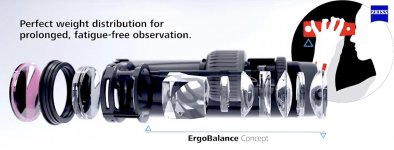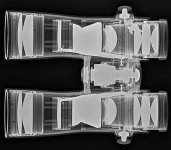John A Roberts
Well-known member

After several months Gijs has been able to post a new test report! It covers 100 years of 8x30 and 8x32 production, from 1920 on.
Included are various comparison photographs and a number of specification tables (many of the units used are from Jan’s extensive collection).
There are also 14 graphs showing the transmission of a wide variety of single and multicoated models.
Of interest to many will be the transmission data for both the new Swarovski NL 8x32 and the Zeiss SF 8x32.
(and also included is a graph for the Leica Geovid HD-B 8x42 rangefinder binocular i.e. the current 3rd generation version that uses Perger prisms).
See at: Verrekijker testen | House Of Outdoor & Optics
John
Included are various comparison photographs and a number of specification tables (many of the units used are from Jan’s extensive collection).
There are also 14 graphs showing the transmission of a wide variety of single and multicoated models.
Of interest to many will be the transmission data for both the new Swarovski NL 8x32 and the Zeiss SF 8x32.
(and also included is a graph for the Leica Geovid HD-B 8x42 rangefinder binocular i.e. the current 3rd generation version that uses Perger prisms).
See at: Verrekijker testen | House Of Outdoor & Optics
John
Last edited:






